![]()
By Gypsy Blue Rose
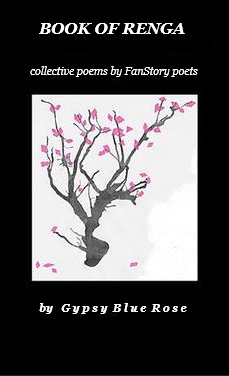
| Author Note: | you are welcome to contribute to this book, contact Gypsy Blue Rose for more info |
| Author Notes |
RENGA is a unique collaborative Japanese style of poetry in which multiple poets write alternating stanzas. Renga is complicated and requires a good understanding of the form. for more information click here
I created a multi-author Book of Renga. If you want to check it out, click here to see the book THE BOOK OF RENGA FORM: FIRST POET - starts with a three-line haiku 5/7/5 that sets the theme and season of the poem. THE SECOND POET writes a 7/7 stanza with same theme and season of the previous haiku stanza. THE THIRD POET writes a 5/7/5 stanza sharing the same theme and season of the previous stanza. THE FOURTH POET writes a 7/7 stanza sharing the same theme and season of the previous stanza. The process continues repeating the same process. Some Renga Books have 100 stanzas or more. TO ADD A CHAPTER When you open the book, notice the type of stanza (5/7/5) or (7/7) and follow The Book of Renga Form. To post your chapter, scroll down to the review box. Above the review box Click on ADD CHAPTER. Thank you for reading and reviewing my poem. Gypsy Book, presentations, and poems by Gypsy Blue Rose (c) 12/1/24 |
![]()
By Gypsy Blue Rose
buds bask in sunlight
slowly blossoming to yield
sweet fruits in autumn
| Author Notes |
A book of Renga is a collaboration of different poets - the first poem has a syllable count of 5-7-5 followed by the next writer adding a separate poem or chapter with syllable count of 7-7. On the same topic, but not using the same words.
Each poem has a Kigo or seasonal reference. A book can have uo to 100 chapters. |
![]()
By Gypsy Blue Rose
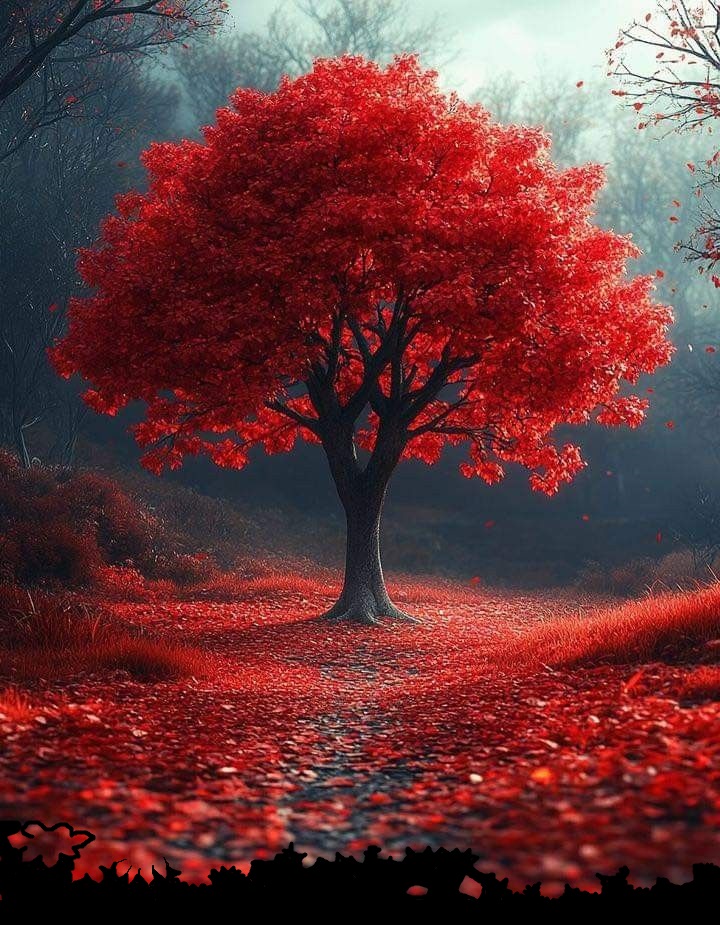
| Author Note: | you are welcome to add to our Renga Book. Contact me for more information |
crimson leaves hang on tightly
to the last hot summer day
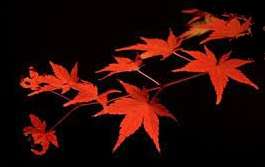
| Author Notes |
RENGA is a unique collaborative Japanese style of poetry in which multiple poets write alternating stanzas. Renga is complicated and requires a good understanding of the form, but I am available to help you step by step, you can send me a message. for more information click here
The Book of Renga Poetic Form: FIRST POET - starts with a three-line haiku 5/7/5 that sets the theme and season of the poem. THE SECOND POET writes a 7/7 stanza with same theme and season of the previous haiku stanza. THE THIRD POET writes a 5/7/5 stanza sharing the same theme and season of the previous stanza. THE FOURTH POET writes a 7/7 stanza sharing the same theme and season of the previous stanza. The process continues repeating the same process of 1, 2, 3, 4 renga poems. When you open the book, notice the type of stanza (5/7/5) or (7/7) and follow The Book of Renga Poetic Form steps. To post your chapter, scroll down, above the review box and Click on ADD CHAPTER. To open the book, click here Thank you for reading and reviewing my poem. Gypsy Book, presentations, and poems by Gypsy Blue Rose (c) |
![]()
By Gypsy Blue Rose
pond reflects gold leaves ~
memories of warmer days
as chill fills the air
| Author Notes |
A book of renga consists of a collection of poems written by different authors.
The first will have syllable count of 5-7-5 to be followed by one with count of 7-7. This count alternates ( 5-7-5) (7-7)with each poem, which connects to the previous with a similar topic, but not using the same words. There should be a Kigo or seasonal reference. |
![]()
By Gypsy Blue Rose
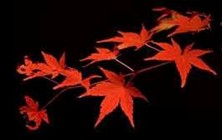
| Author Note: | a RENGA poem collaborative multi-author book - please read notes for details... |


| Author Notes |
(-: thank you for reading! :-)
- this is a chapter in a multi-author book started by Gypsy Blue Rose - the top pic is from the previous chapter TWO, as you are supposed to keep the theme going. . . - the middle and bottom pics i chose to continue my two 7-syllable lines. . . - feel free to use them to continue the fanstory renga story. . . *DETAILS ABOUT THE BOOK: - Renga is a Japanese collaborative poem in which alternating stanzas, of 5-7-5 and 7-7 are written by multiple poets. The Complete Renga can be up to 100 stanzas. This form of poetry gave birth to haiku. - How to write a renga in our book. . . - FIRST POET writes a 5/7/5 haiku - SECOND POET writes a two lines verse of 7/7 syllables - The same process continue. . . one poet writes a 5-7-5 and second poet writes a 7-7 syllables verse. - The renga poems keep the same topic of the previous verse. If you have questions, please do not hesitate to ask Gypsy Blue Rose, the creator of this book. ~~~~~~~~~~~~~~~~~~~~~~~~~~~~~~~~~~~~~~~~~~~~~~~~~~~~ |
![]()
By Gypsy Blue Rose
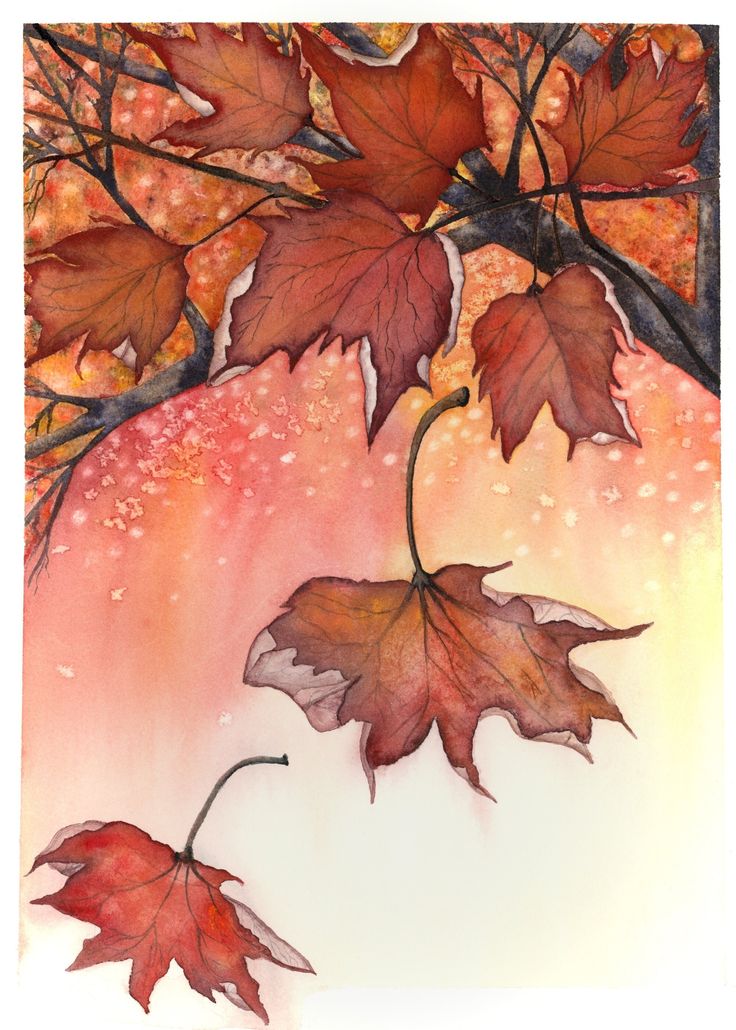
Autumn closes door
Winter knocks and comes on in
Life keeps repeating
| Author Notes | Picture from Pinterest. Neonewman gave me the title. |
![]()
By Gypsy Blue Rose
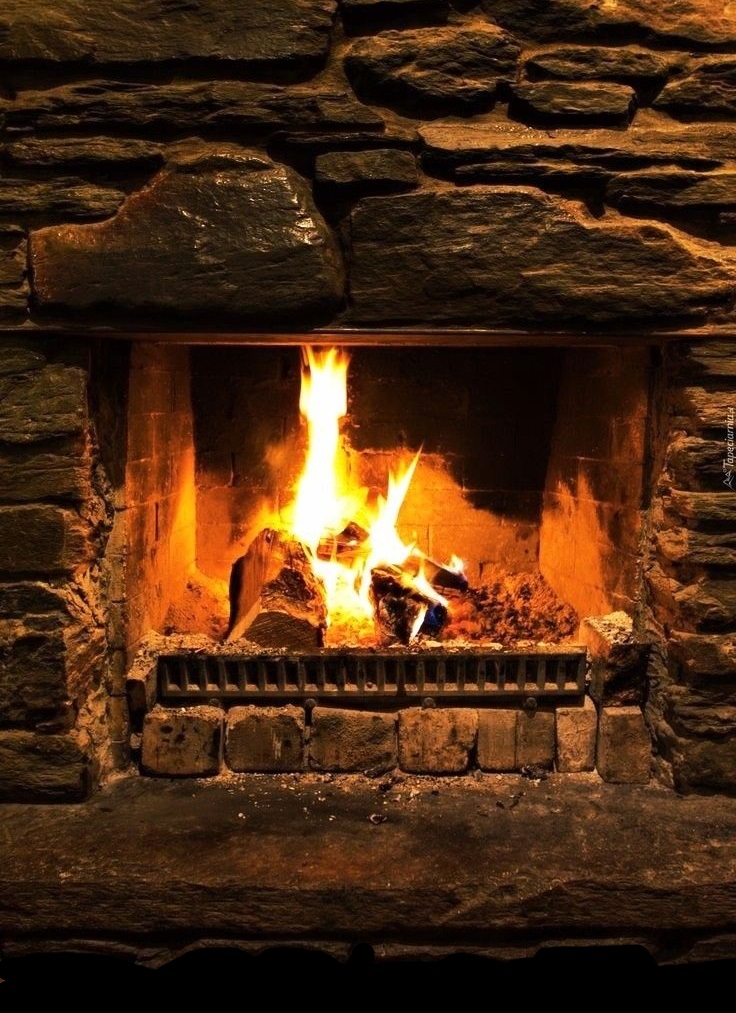
| Author Note: | If you would like to write in the Renga Book read author notes |
chilly gust seeps through the cracks
wrestling with the feisty fire

| Author Notes |
RENGA is a unique collaborative Japanese style of poetry in which multiple poets write alternating stanzas. Renga is complicated and requires a good understanding of the form. for more information click here
I created a multi-author Book of Renga. If you want to check it out, click here to see the book THE BOOK OF RENGA FORM: FIRST POET - starts with a three-line haiku 5/7/5 that sets the theme and season of the poem. THE SECOND POET writes a 7/7 stanza with same theme and season of the previous haiku stanza. THE THIRD POET writes a 5/7/5 stanza sharing the same theme and season of the previous stanza. THE FOURTH POET writes a 7/7 stanza sharing the same theme and season of the previous stanza. The process continues repeating the same process. Some Renga Books have 100 stanzas or more. TO ADD A CHAPTER When you open the book, notice the type of stanza (5/7/5) or (7/7) and follow The Book of Renga Form. To post your chapter, scroll down to the review box. Above the review box Click on ADD CHAPTER. Thank you for reading and reviewing my poem. Gypsy Book, presentations, and poems by Gypsy Blue Rose (c) 12/1/24 |
![]()
By Gypsy Blue Rose

The winter wind blows
a fearsome gale through branches--
leaves are forced to drop
| Author Notes |
Thank you for reading my Renga poem. I've never written one before. These are the instructions I copied from Gypsy Blue Rose's post, who also very kindly started this book...
THE BOOK OF RENGA FORM: FIRST POET - starts with a three-line haiku 5/7/5 that sets the theme and season of the poem. THE SECOND POET writes a 7/7 stanza with same theme and season of the previous haiku stanza. THE THIRD POET writes a 5/7/5 stanza sharing the same theme and season of the previous stanza. THE FOURTH POET writes a 7/7 stanza sharing the same theme and season of the previous stanza. The process continues repeating the same process. Some Renga Books have 100 stanzas or more. TO ADD A CHAPTER When you open the book, notice the type of stanza (5/7/5) or (7/7) and follow The Book of Renga Form. To post your chapter, scroll down to the review box. Above the review box Click on ADD CHAPTER. |
![]()
By Gypsy Blue Rose

While snowfall keeps us inside
Fires and good friends blanket us
| Author Notes | Picture from pinterest |
![]()
By Gypsy Blue Rose
Sunrise gives birth
to another wintry day
unseasonably mild
| Author Notes | My first renga ever. I hope I got it right. |
![]()
By Gypsy Blue Rose
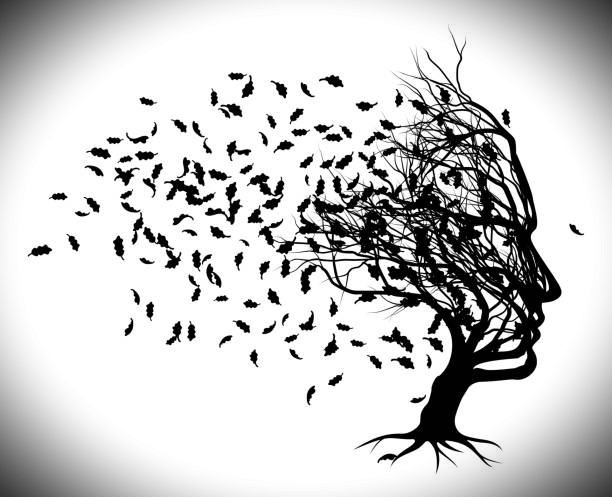
leafy mem'ries d r i f t 'round me ~
 i reflect back to look up. . .
i reflect back to look up. . .
| Author Notes |
(-: thank you for reading! :-)
- this is a chapter in a multi-author book started by Gypsy Blue Rose - response to: a book of renga - a collective by fanstory poets *ABOUT THE RENGA FORM AND THE BOOK: - Renga is a Japanese collaborative poem in which alternating stanzas, of 5-7-5 and 7-7 are written by multiple poets. The Complete Renga can be up to 100 stanzas. This form of poetry gave birth to haiku. - How to write a renga in our book. . . - FIRST POET writes a 5/7/5 haiku - SECOND POET writes a two lines verse of 7/7 syllables - The same process continue. . . one poet writes a 5-7-5 and second poet writes a 7-7 syllables verse. - The renga poems keep the same topic of the previous verse. - If you have questions, please do not hesitate to ask Gypsy Blue Rose, the creator of this book. ~~~~~~~~~~~~~~~~~~~~~~~~~~~~~~~~~~~~~~~~~~~~~~~~~~~~ |
![]()
By Gypsy Blue Rose
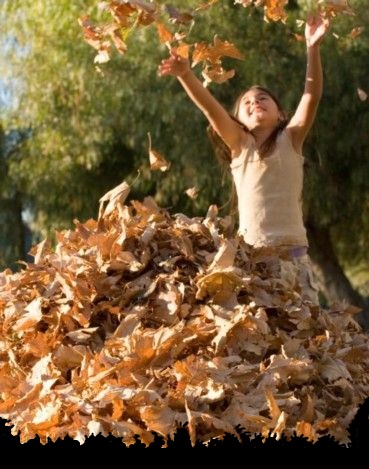
| Author Note: | Everybody is welcome to participate in our book of renga (rules in author notes) |
dad rakes lawn’s debris
and his child plays with leaves pile —
free patience lesson
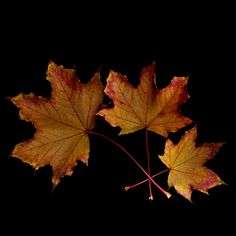
| Author Notes |
I created a multi-author book of renga poems. You are welcome to participate. If you need help send me a message.
RENGA is a unique collaborative Japanese style of poetry in which multiple poets write alternating stanzas. Renga is complicated and requires a good understanding of the form but if you need help do not hesitate to contact me.. for more information click here THE BOOK OF RENGA FORM How To Write a Renga Poem FIRST POET - starts with a three-line haiku 5/7/5 that sets the theme and season of the poem. THE SECOND POET writes a 7/7 stanza links to the previous chapter with same theme. THE THIRD POET writes a 5/7/5 stanza links to the previous chapter with same theme. THE FOURTH POET writes a 7/7 stanza links to the previous chapter with same theme. The process continues repeating the same process on and one. Some renga books can be 100 stanzas or more.. When you open the book, notice the type of stanza (5/7/5) or (7/7) and follow the order abiding by the Steps of the Book of Renga Form. To post your chapter, scroll down, above the review box and Click on ADD CHAPTER. Before you post, make sure you have the right chapter. To check, look at the top of the post page, there are a series of chapter numbers in blue, whatever the last chapter is, yours will come after that one. To open the book, click here ADDITIONAL INFORMATION AND HISTORY RENGA was created in the 13th century. Renga poems were typically composed during gatherings of poets but could also be composed by single poets. The linked poems had a seasonal word (kigo) and a dash (kireji). Each renga verse only relates to its immediate neighbors, the one before and the one after. The most important rule of linking was that links could only exist between two adjacent verses, i.e. a verse could not be connected with any verses aside from the one it was being linked to. if you want to read more about renga click here Thank you for reading and reviewing my poem. Gypsy Renga Book, presentations, and poems by Gypsy Blue Rose (c) 12/2/24 |
![]()
By Gypsy Blue Rose
| Author Notes | Next poem or chapter should have syllable count 5/7/5 on a connecting theme - without using the same words. A book of renga consists of separate poems with alternating syllable count of 5/7/5 and 7/7. |
![]()
By Gypsy Blue Rose

![]()
By Gypsy Blue Rose

| Author Notes |
This is the 7-7 syllable response to the previous haiku.
 [Glitterfy.com - *Glitter Photos*] |
![]()
By Gypsy Blue Rose
![]()
By Gypsy Blue Rose

A photographer captured
The heron, frozen in flight
| Author Notes |
Addition to Gypsy Blue Rose's Renga Book
Art Credit, Microsoft Copilot Thank you for reading. |
![]()
By Gypsy Blue Rose

| Author Notes | The hedgehog is native to the UK but endangered as a species, due to its slow (and sleepy) pace, often getting run over on the roads. It's good to see this chap safe and sound:) |
![]()
By Gypsy Blue Rose
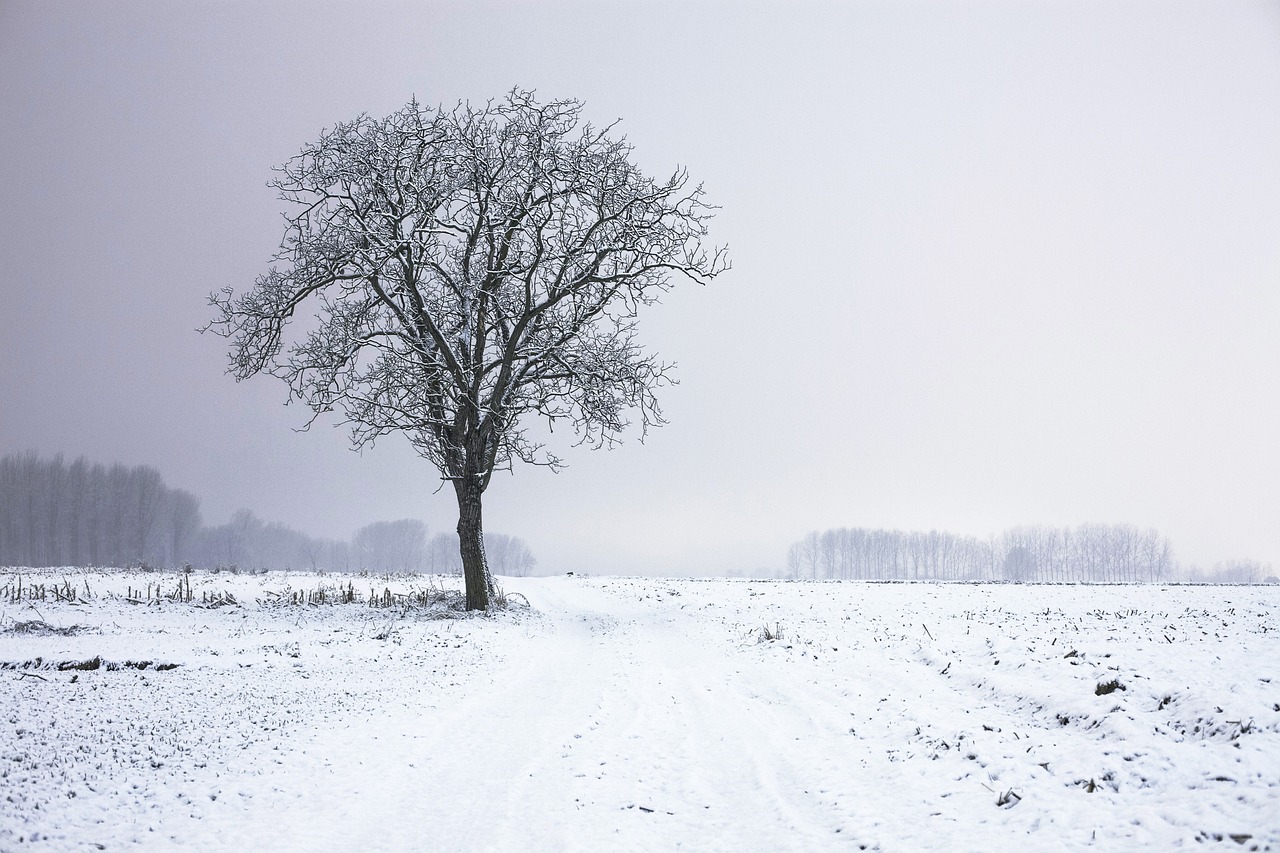
icy, windblown flakes
swirl over rivers and streams
covering bare trees
| Author Notes | thanks to Pixabay for image |
![]()
By Gypsy Blue Rose
| Author Notes | The next chapter or poem in the book should have 5-7-5 syllables. A book of Renga contains alternating poems with 5-7-5 syllables, followed by one with 7-7 syllables and so on. Each is connected by a similar theme. |
![]()
By Gypsy Blue Rose

| Author Notes | Picture from google. |
![]()
By Gypsy Blue Rose

Believing is simply choice,
Worrying is but a thief. .
R.Owen 4/12/2024.
| Author Notes |
I'd rather believe than worry. One lives longer.
Thank you for reading. R.Owen |
![]()
By Gypsy Blue Rose
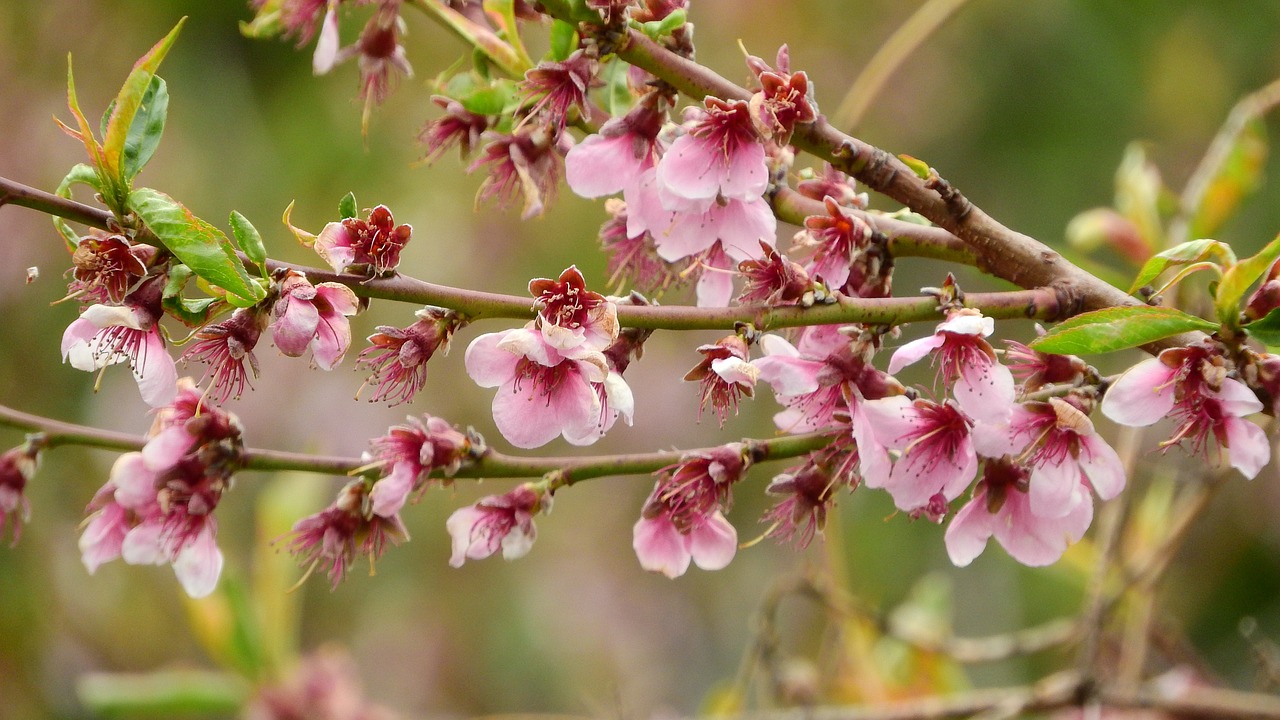
budding and blooming
summer branches filled with fruit
welcoming sunlight
| Author Notes | thanks to Marketa Klimesova from Pixabay |
![]()
By Gypsy Blue Rose
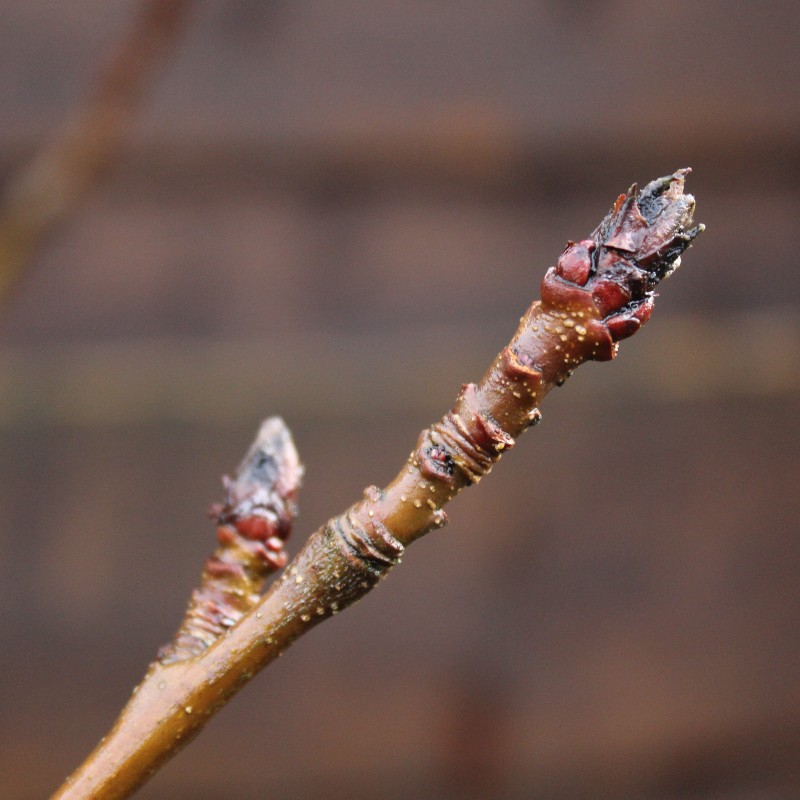
| Author Notes |
Notes:
Thanks to Gypsy for creating this book! Picture is from: https://orchardnotes.com/2023/03/28/lifecycle-apple-bud-blossom-fruit/ |
![]()
By Gypsy Blue Rose
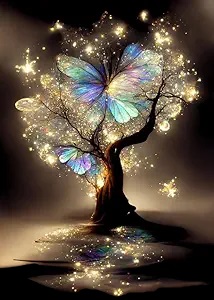
| Author Note: | Multi-author Renga book for everyone. Book and Chapter by Gypsy Blue Rose (c) |

| Author Notes |
I created this multi-author book of Renga for everyone. Let me know if you have any questions or need help.
RENGA is a unique collaborative Japanese style of poetry in which multiple poets write alternating stanzas. Renga is complicated and requires a good understanding of the form but if you need help do not hesitate to contact me.. for more information click here THE BOOK OF RENGA FORM How To Write a Renga Poem FIRST POET - starts with a three-line haiku 5/7/5 that sets the theme and season of the poem. THE SECOND POET writes a 7/7 stanza links to the previous chapter with same theme. THE THIRD POET writes a 5/7/5 stanza links to the previous chapter with same theme. THE FOURTH POET writes a 7/7 stanza links to the previous chapter with same theme. The process continues repeating the same process on and one. Some renga books can be 100 stanzas or more.. When you open the book, notice the type of stanza (5/7/5) or (7/7) and follow the order abiding by the Steps of the Book of Renga Form. To post your chapter, scroll down, above the review box and Click on ADD CHAPTER. Before you post, make sure you have the right chapter. To check, look at the top of the post page, there are a series of chapter numbers in blue, whatever the last chapter is, yours will come after that one. To open the book, click here ADDITIONAL INFORMATION AND HISTORY RENGA was created in the 13th century. Renga poems were typically composed during gatherings of poets but could also be composed by single poets. The linked poems had a seasonal word (kigo) and a dash (kireji). Each renga verse only relates to its immediate neighbors, the one before and the one after. The most important rule of linking was that links could only exist between two adjacent verses, i.e. a verse could not be connected with any verses aside from the one it was being linked to. if you want to read more about renga click here Thank you for reading and reviewing my poem. Gypsy Book, presentations, and poems by Gypsy Blue Rose (c) |
![]()
By Gypsy Blue Rose
| Author Notes | According to the rules, the next chapter in this book of renga should consist of 5/7/5 syllables with a connecting theme. The book alternates with poems of 5/7/5 and 7/7 syllable count. Please feel free to add your creative ideas and keep this going! |
![]()
By Gypsy Blue Rose
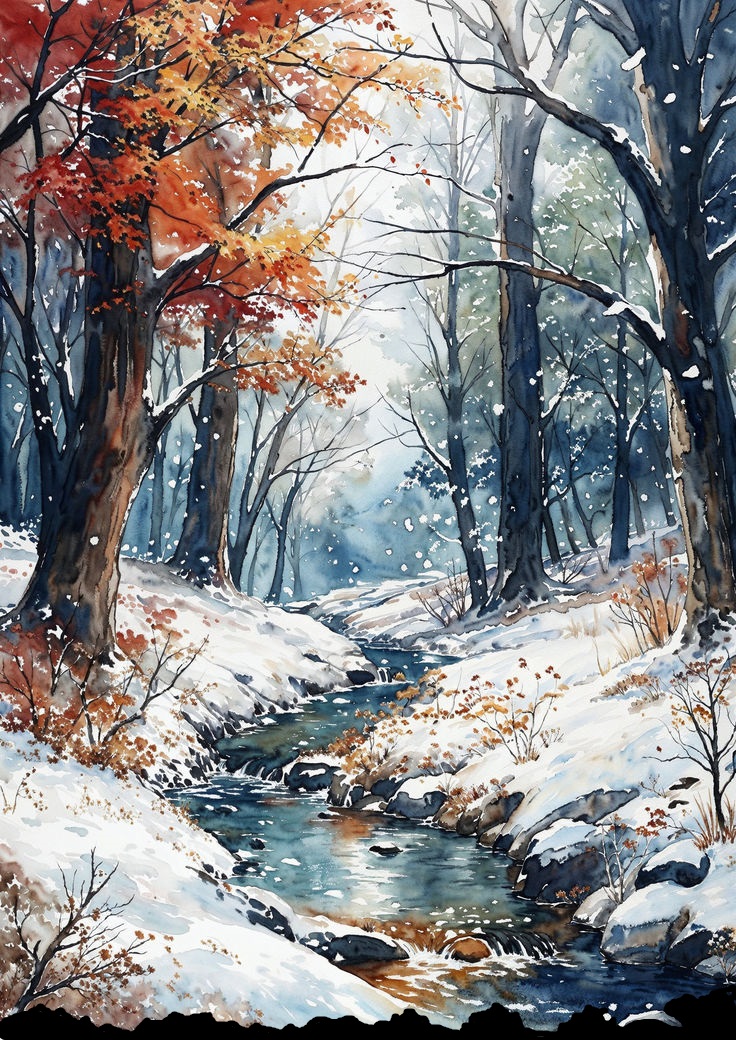
| Author Note: | Multi-author Renga book for everyone. Book and Chapter by Gypsy Blue Rose (c) |
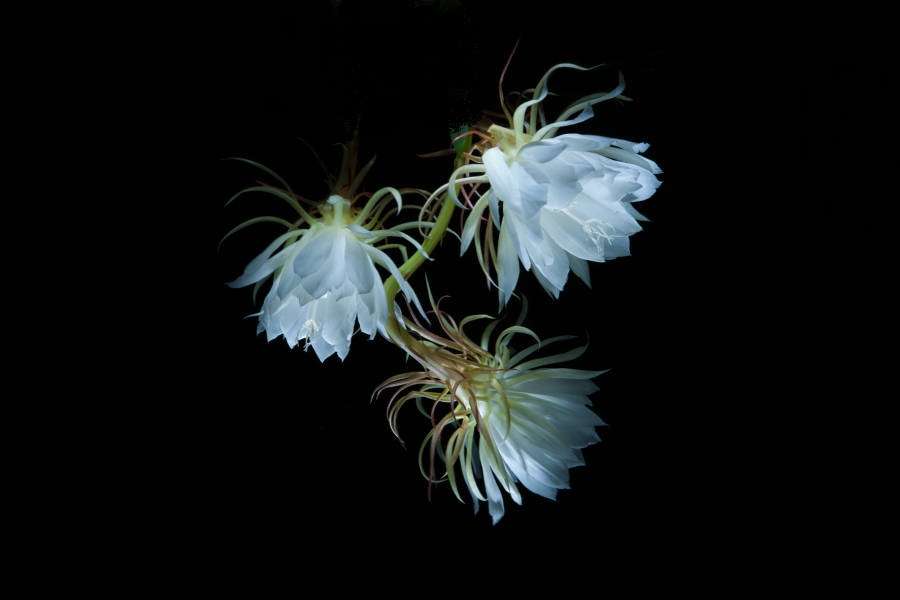
| Author Notes |
My renga follows a 7/7 stanza and the season is late winter before spring. The season may change with time. It all depends on the way the poem links to the previous poem.
RENGA is a unique collaborative Japanese style of poetry in which multiple poets write alternating stanzas. Renga is complicated and requires a good understanding of the form but if you need help do not hesitate to contact me.. for more information click here THE BOOK OF RENGA FORM How To Write a Renga Poem FIRST POET - starts with a three-line haiku 5/7/5 that sets the theme and season of the poem. THE SECOND POET writes a 7/7 stanza links to the previous chapter with same theme. THE THIRD POET writes a 5/7/5 stanza links to the previous chapter with same theme. THE FOURTH POET writes a 7/7 stanza links to the previous chapter with same theme. The process continues repeating the same process on and one. Some renga books can be 100 stanzas or more.. When you open the book, notice the type of stanza (5/7/5) or (7/7) and follow the order abiding by the Steps of the Book of Renga Form. To post your chapter, scroll down, above the review box and Click on ADD CHAPTER. Before you post, make sure you have the right chapter. To check, look at the top of the post page, there are a series of chapter numbers in blue, whatever the last chapter is, yours will come after that one. To open the book, click here ADDITIONAL INFORMATION AND HISTORY RENGA was created in the 13th century. Renga poems were typically composed during gatherings of poets but could also be composed by single poets. The linked poems had a seasonal word (kigo) and a dash (kireji). Each renga verse only relates to its immediate neighbors, the one before and the one after. The most important rule of linking was that links could only exist between two adjacent verses, i.e. a verse could not be connected with any verses aside from the one it was being linked to. if you want to read more about renga click here Thank you for reading and reviewing my poem. Gypsy Book, presentations, and poems by Gypsy Blue Rose (c) |
![]()
By Gypsy Blue Rose

| Author Notes | Picture from Bing Images |
![]()
By Gypsy Blue Rose
.jpg)
| Author Notes |
Been a long few days around here... so, a twist on the RENGA it is! ;-) Thanx for reading me!
Pic: crystal ball vortex [pixexid.com] |
![]()
By Gypsy Blue Rose
| Author Notes | A 7/7 syllable follow up poem in the book of renga. The next chapter or poem should contain 5/7/5 syllables - maintaining the pattern of poems having the alternating 5/7/5 and 7/7 count - with a connecting theme. Just keep this going! A book can have 100 chapters! |
![]()
By Gypsy Blue Rose

| Author Note: | Multi-author Renga book for everyone. Book and Chapter by Gypsy Blue Rose (c) |
warm remembrance tides
of our summer flow away
amidst winter winds

| Author Notes |
I followed a 7/7 verse; the season is winter
RENGA is a unique collaborative Japanese style of poetry in which multiple poets write alternating stanzas. Renga is complicated and requires a good understanding of the form but if you need help do not hesitate to contact me.. for more information click here THE BOOK OF RENGA FORM How To Write a Renga Poem FIRST POET - starts with a three-line haiku 5/7/5 that sets the theme and season of the poem. THE SECOND POET writes a 7/7 stanza links to the previous chapter with same theme. THE THIRD POET writes a 5/7/5 stanza links to the previous chapter with same theme. THE FOURTH POET writes a 7/7 stanza links to the previous chapter with same theme. The process continues repeating the same process on and one. Some renga books can be 100 stanzas or more.. When you open the book, notice the type of stanza (5/7/5) or (7/7) and follow the order abiding by the Steps of the Book of Renga Form. To post your chapter, scroll down, above the review box and Click on ADD CHAPTER. Before you post, make sure you have the right chapter. To check, look at the top of the post page, there are a series of chapter numbers in blue, whatever the last chapter is, yours will come after that one. To open the book, click here ADDITIONAL INFORMATION AND HISTORY RENGA was created in the 13th century. Renga poems were typically composed during gatherings of poets but could also be composed by single poets. The linked poems had a seasonal word (kigo) and a dash (kireji). Each renga verse only relates to its immediate neighbors, the one before and the one after. The most important rule of linking was that links could only exist between two adjacent verses, i.e. a verse could not be connected with any verses aside from the one it was being linked to. if you want to read more about renga click here Thank you for reading and reviewing my poem. Gypsy Book, presentations, and poems by Gypsy Blue Rose (c) 12/6/24 |
![]()
By Gypsy Blue Rose
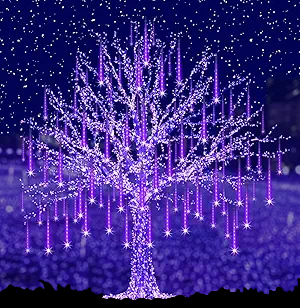
| Author Note: | Multi-author Renga book for everyone. Book and Chapter by Gypsy Blue Rose (c) |

| Author Notes |
RENGA is a unique collaborative Japanese style of poetry in which multiple poets write alternating stanzas. Renga is complicated and requires a good understanding of the form but if you need help do not hesitate to contact me.. for more information click here
THE BOOK OF RENGA FORM How To Write a Renga Poem FIRST POET - starts with a three-line haiku 5/7/5 that sets the theme and season of the poem. THE SECOND POET writes a 7/7 stanza links to the previous chapter with same theme. THE THIRD POET writes a 5/7/5 stanza links to the previous chapter with same theme. THE FOURTH POET writes a 7/7 stanza links to the previous chapter with same theme. The process continues repeating the same process on and one. Some renga books can be 100 stanzas or more.. When you open the book, notice the type of stanza (5/7/5) or (7/7) and follow the order abiding by the Steps of the Book of Renga Form. To post your chapter, scroll down, above the review box and Click on ADD CHAPTER. Before you post, make sure you have the right chapter. To check, look at the top of the post page, there are a series of chapter numbers in blue, whatever the last chapter is, yours will come after that one. To open the book, click here ADDITIONAL INFORMATION AND HISTORY RENGA was created in the 13th century. Renga poems were typically composed during gatherings of poets but could also be composed by single poets. The linked poems had a seasonal word (kigo) and a dash (kireji). Each renga verse only relates to its immediate neighbors, the one before and the one after. The most important rule of linking was that links could only exist between two adjacent verses, i.e. a verse could not be connected with any verses aside from the one it was being linked to. if you want to read more about renga click here Thank you for reading and reviewing my poem. Gypsy Book, presentations, and poems by Gypsy Blue Rose (c) 12/6/24 |
![]()
By Gypsy Blue Rose
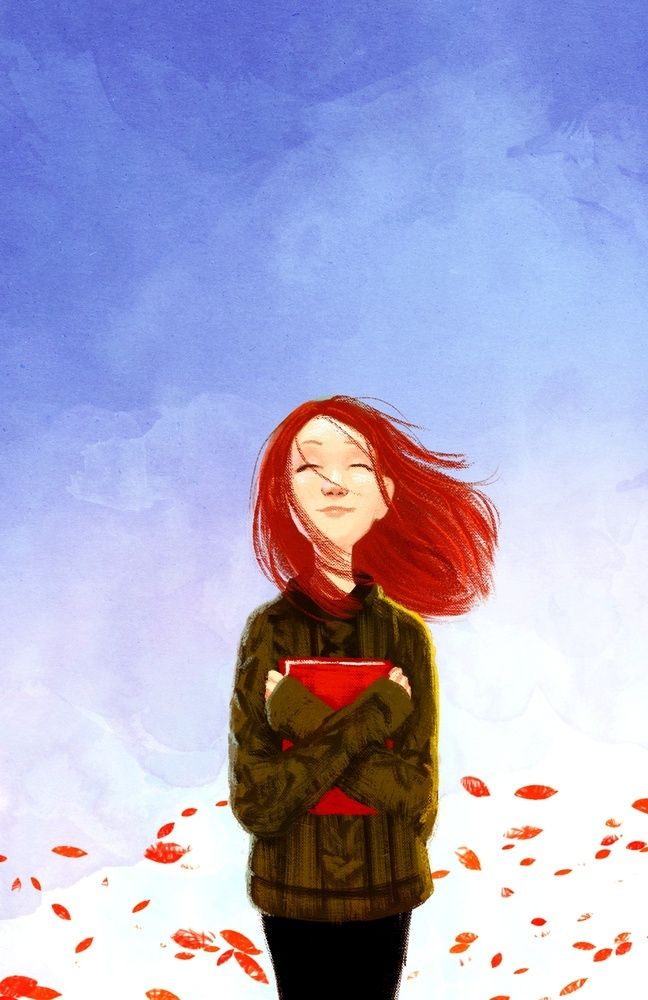
Enjoying Autumn
Winter brings its icy stare
Sweaters become coats
**************************
| Author Notes | Picture from Pinterest |
![]()
By Gypsy Blue Rose
| Author Notes | The next poem or chapter in this book of renga should have syllable count 5/7/5 to maintain the pattern of alternating poems with 5/7/5 and 7/7 syllable count plus a connecting theme. Join in the fun challenge! |
![]()
By Gypsy Blue Rose

| Author Note: | Multi-author Renga book for everyone. Book and Chapter by Gypsy Blue Rose (c) |

Ellie meows content
to find the warm sunbeam spot—
napping on mom’s lap
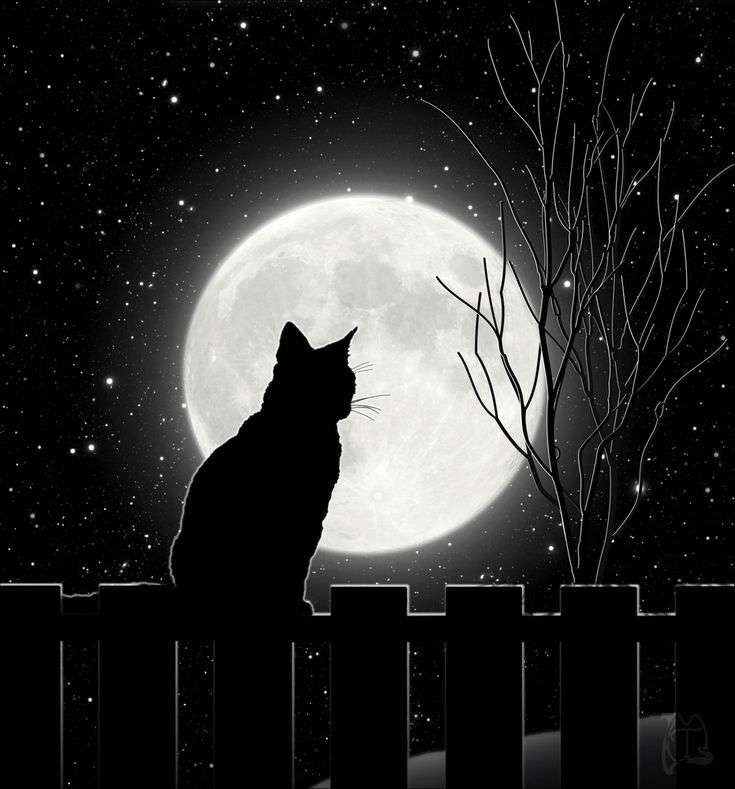
| Author Notes |
In honor to my cat Ellie who passed away last year.
I followed June's chapter 34 (7/7 stanza using winter season) On a chilly winter night Cats find a cozy corner ================= RENGA is a unique collaborative Japanese style of poetry in which multiple poets write alternating stanzas. Renga is complicated and requires a good understanding of the form but if you need help do not hesitate to contact me.. for more information click here THE BOOK OF RENGA FORM How To Write a Renga Poem FIRST POET - starts with a three-line haiku 5/7/5 that sets the theme and season of the poem. THE SECOND POET writes a 7/7 stanza links to the previous chapter with same theme. THE THIRD POET writes a 5/7/5 stanza links to the previous chapter with same theme. THE FOURTH POET writes a 7/7 stanza links to the previous chapter with same theme. The process continues repeating the same process on and one. Some renga books can be 100 stanzas or more.. When you open the book, notice the type of stanza (5/7/5) or (7/7) and follow the order abiding by the Steps of the Book of Renga Form. To post your chapter, scroll down, above the review box and Click on ADD CHAPTER. Before you post, make sure you have the right chapter. To check, look at the top of the post page, there are a series of chapter numbers in blue, whatever the last chapter is, yours will come after that one. To open the book, click here ADDITIONAL INFORMATION AND HISTORY RENGA was created in the 13th century. Renga poems were typically composed during gatherings of poets but could also be composed by single poets. The linked poems had a seasonal word (kigo) and a dash (kireji). Each renga verse only relates to its immediate neighbors, the one before and the one after. The most important rule of linking was that links could only exist between two adjacent verses, i.e. a verse could not be connected with any verses aside from the one it was being linked to. if you want to read more about renga click here Thank you for reading and reviewing my poem. Gypsy Book, presentations, and poems by Gypsy Blue Rose (c) |
![]()
By Gypsy Blue Rose
| Author Notes | The next chapter or poem in this book should contain 5/7/5 syllables to continue the alternating pattern of poems with 5/7/5 syllables followed by one with 7/7 syllables - with a connecting theme to the previous post. Have fun! |
![]()
By Gypsy Blue Rose

| Author Notes | Thank you to Gypsy and thank you all who read this! Renga is new to me but I wanted to join everyone. Peace, Alex |
![]()
By Gypsy Blue Rose
| Author Notes | The next chapter or poem in this book of Renga should contain 5/7/5 syllables to maintain the alternating pattern of a 5/7/5 poem followed by a 7/7 poem with a connecting theme. |
![]()
By Gypsy Blue Rose

White is all I see
Catastrophes lie in wait
Bandages nearby
| Author Notes | Picture from pinterest |
![]()
By Gypsy Blue Rose








| Author Notes |
Follows a 5/7/5 Renga stanza
RENGA is a unique collaborative Japanese style of poetry in which multiple poets write alternating stanzas. Renga is complicated and requires a good understanding of the form but if you need help do not hesitate to contact me.. for more information click here THE BOOK OF RENGA FORM How To Write a Renga Poem LINKING STANZAS is very important. Poets, please make sure your stanza follows the previous one AND keep the same season. FIRST POET - starts with a three-line haiku 5/7/5 that sets the theme and season of the poem. THE SECOND POET writes a 7/7 stanza links to the previous chapter with same theme. THE THIRD POET writes a 5/7/5 stanza links to the previous chapter with same theme. THE FOURTH POET writes a 7/7 stanza links to the previous chapter with same theme. The process continues repeating the same process on and one. Some renga books can be 100 stanzas or more.. When you open the book, notice the type of stanza (5/7/5) or (7/7) and follow the order abiding by the Steps of the Book of Renga Form. To post your chapter, scroll down, above the review box and Click on ADD CHAPTER. Before you post, make sure you have the right chapter. To check, look at the top of the post page, there are a series of chapter numbers in blue, whatever the last chapter is, yours will come after that one. To open the book, click here ADDITIONAL INFORMATION AND HISTORY RENGA was created in the 13th century. Renga poems were typically composed during gatherings of poets but could also be composed by single poets. The linked poems had a seasonal word (kigo) and a dash (kireji). Each renga verse only relates to its immediate neighbors, the one before and the one after. The most important rule of linking was that links could only exist between two adjacent verses, i.e. a verse could not be connected with any verses aside from the one it was being linked to. if you want to read more about renga click here Thank you for reading and reviewing my poem. Gypsy Book, presentations, and poems by Gypsy Blue Rose (c) 12/11/24 |
![]()
By Gypsy Blue Rose
| Author Notes | The next poem or chapter in this book should contain 7/7 syllables to maintain the alternating pattern of a 5/7/5 poem followed by a 7/7poem, with a connecting theme. |
![]()
By Gypsy Blue Rose

| Author Note: | Multi-author Renga book for everyone. Book and Chapter by Gypsy Blue Rose (c) |


| Author Notes |
I followed June Sargent's 5/7/5 stanza
enwrapped in your arms I can ignore the snow and Feel the kiss of spring ====================== RENGA is a unique collaborative Japanese style of poetry in which multiple poets write alternating stanzas. Renga is complicated and requires a good understanding of the form but if you need help do not hesitate to contact me.. for more information click here THE BOOK OF RENGA FORM How To Write a Renga Poem LINKING STANZAS is very important. Poets, please make sure your stanza follows the previous one AND keep the same season. FIRST POET - starts with a three-line haiku 5/7/5 that sets the theme and season of the poem. THE SECOND POET writes a 7/7 stanza links to the previous chapter with same theme. THE THIRD POET writes a 5/7/5 stanza links to the previous chapter with same theme. THE FOURTH POET writes a 7/7 stanza links to the previous chapter with same theme. The process continues repeating the same process on and one. Some renga books can be 100 stanzas or more.. When you open the book, notice the type of stanza (5/7/5) or (7/7) and follow the order abiding by the Steps of the Book of Renga Form. To post your chapter, scroll down, above the review box and Click on ADD CHAPTER. Before you post, make sure you have the right chapter. To check, look at the top of the post page, there are a series of chapter numbers in blue, whatever the last chapter is, yours will come after that one. To open the book, click here ADDITIONAL INFORMATION AND HISTORY RENGA was created in the 13th century. Renga poems were typically composed during gatherings of poets but could also be composed by single poets. The linked poems had a seasonal word (kigo) and a dash (kireji). Each renga verse only relates to its immediate neighbors, the one before and the one after. The most important rule of linking was that links could only exist between two adjacent verses, i.e. a verse could not be connected with any verses aside from the one it was being linked to. if you want to read more about renga click here Thank you for reading and reviewing my poem. Gypsy Pictures from Pinterest. Book, presentations, and poems by Gypsy Blue Rose (c) 12/12/24 |
![]()
By Gypsy Blue Rose
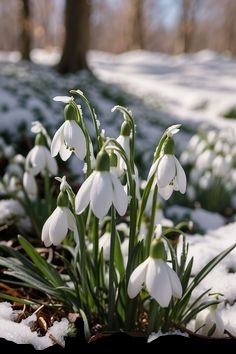
| Author Note: | Multi-author Renga book for everyone. Book and Chapter by Gypsy Blue Rose (c) |
snowdrops wait to kiss
the coquette cherry blossoms —
with pink blushing cheeks
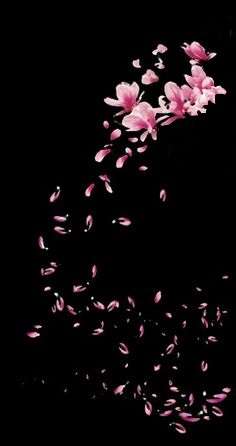
| Author Notes |
we have been writing about the winter season, with this 5/7/5 I am transitioning to up coming spring.
coquette = flirting girl Snowdrops are among the first flowers to bloom in late winter, often pushing through snow-covered ground to signal the arrival of spring. RENGA is a unique collaborative Japanese style of poetry in which multiple poets write alternating stanzas. Renga is complicated and requires a good understanding of the form but if you need help do not hesitate to contact me.. for more information click here THE BOOK OF RENGA FORM How To Write a Renga Poem LINKING STANZAS is very important. Poets, please make sure your stanza follows the previous one AND keep the same season. FIRST POET - starts with a three-line haiku 5/7/5 that sets the theme and season of the poem. THE SECOND POET writes a 7/7 stanza links to the previous chapter with same theme. THE THIRD POET writes a 5/7/5 stanza links to the previous chapter with same theme. THE FOURTH POET writes a 7/7 stanza links to the previous chapter with same theme. The process continues repeating the same process on and one. Some renga books can be 100 stanzas or more.. When you open the book, notice the type of stanza (5/7/5) or (7/7) and follow the order abiding by the Steps of the Book of Renga Form. To post your chapter, scroll down, above the review box and Click on ADD CHAPTER. Before you post, make sure you have the right chapter. To check, look at the top of the post page, there are a series of chapter numbers in blue, whatever the last chapter is, yours will come after that one. To open the book, click here ADDITIONAL INFORMATION AND HISTORY RENGA was created in the 13th century. Renga poems were typically composed during gatherings of poets but could also be composed by single poets. The linked poems had a seasonal word (kigo) and a dash (kireji). Each renga verse only relates to its immediate neighbors, the one before and the one after. The most important rule of linking was that links could only exist between two adjacent verses, i.e. a verse could not be connected with any verses aside from the one it was being linked to. if you want to read more about renga click here Thank you for reading and reviewing my poem. Gypsy Book, presentations, and poems by Gypsy Blue Rose (c) 12/13/24 |
![]()
By Gypsy Blue Rose
| Author Notes | The next post or chapter should contain 5/7/5 syllables to maintain the alternating pattern of a 5/7/5 syllable poem followed by a 7/7, with a connecting theme. |
![]()
By Gypsy Blue Rose
In splendor we watch
cherry blossoms warm our hearts~
hopeful love returns
| Author Notes | 5/7/5 Renga |
![]()
By Gypsy Blue Rose

| Author Note: | Multi-author Renga book for everyone. Book and Chapter by Gypsy Blue Rose (c) |
cheerful bumble bee hovers,
over buds going buzz buzz

| Author Notes |
PREVIOUS RENGA stanza by RJ Heritage
In splendor we watch cherry blossoms warm our hearts~ hopeful love returns RENGA is a unique collaborative Japanese style of poetry in which multiple poets write alternating stanzas. It was created in Japan in the 13th century. Renga requires a good understanding of the form. If you need help do not hesitate to contact me.. for more information about Renga poems click here HOW TO WRITE A RENGA POEM: It's very important to LINK your Renga stanza to the previous stanza keeping the same theme and season of the year. to check out the Renga Book click here FIRST POET - starts with a three-line haiku 5/7/5 that sets the theme and season of the year. THE SECOND POET writes a 7/7 stanza that links to the previous 5/7/5 chapter with the same theme and season of the year. This pattern (5/7/5 stanza followed by a 7/7 stanza) continues on and on. Some renga books can be 100 stanzas or more. To post your chapter, scroll down the renga poem page you are reading. Above the review box click on ADD CHAPTER. to checkout the Renga Book click here if you want to read more about renga click here Thank you for reading and reviewing my poem. Gypsy Book, presentations, and poems by Gypsy Blue Rose (c) 12/15/24 |
![]()
By Gypsy Blue Rose
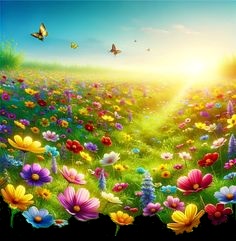
| Author Note: | Multi-author Renga book for everyone. Book and Chapter by Gypsy Blue Rose (c) |
field of fresh flowers
garbed in picturesque palette —
nature's Sunday best

| Author Notes |
Follows my 7/7 renga stanza
cheerful bumble bees hovers over buds going buzz buzz RENGA is a unique collaborative Japanese style of poetry in which multiple poets write alternating stanzas. It was created in Japan in the 13th century. Renga requires a good understanding of the form. If you need help do not hesitate to contact me.. for more information about Renga poems click here HOW TO WRITE A RENGA POEM: It's very important to LINK your Renga stanza to the previous stanza keeping the same theme and season of the year. to check out the Renga Book click here FIRST POET - starts with a three-line haiku 5/7/5 that sets the theme and season of the year. THE SECOND POET writes a 7/7 stanza that links to the previous 5/7/5 chapter with the same theme and season of the year. This pattern (5/7/5 stanza followed by a 7/7 stanza) continues on and on. Some renga books can be 100 stanzas or more. To post your chapter, scroll down the renga poem page you are reading. Above the review box click on ADD CHAPTER. to checkout the Renga Book click here if you want to read more about renga click here Thank you for reading and reviewing my poem. Gypsy Book, presentations, and poems by Gypsy Blue Rose (c) 12/16/24 |
![]()
By Gypsy Blue Rose
| Author Notes | To continue this journey the next poem or chapter should contain 5/7/5 syllables - maintaining the pattern of. 5/7/5 to be followed by a poem with 7/7 syllables and so on. |
![]()
By Gypsy Blue Rose
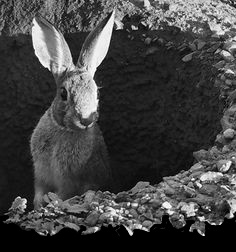
| Author Note: | Multi-author Renga book for everyone. Book and Chapter by Gypsy Blue Rose (c) |
bunny runs safe home
it pokes out its ears and nose—
hunter holds his breath

| Author Notes |
I followed June Sargent's 7/7 stanza
Rabbit comes out of dark hole To catch a bit of sunshine (The stanza follows the same theme and season trying not to repeat words) ==================================================== RENGA is a unique collaborative Japanese style of poetry in which multiple poets write alternating stanzas. It was created in Japan in the 13th century. Renga requires a good understanding of the form. If you need help do not hesitate to contact me.. for more information about Renga poems click here HOW TO WRITE A RENGA POEM: It's very important to LINK your Renga stanza to the previous stanza keeping the same theme and season of the year. to check out the Renga Book click here FIRST POET - starts with a three-line haiku 5/7/5 that sets the theme and season of the year. THE SECOND POET writes a 7/7 stanza that links to the previous 5/7/5 chapter with the same theme and season of the year. This pattern (5/7/5 stanza followed by a 7/7 stanza) continues on and on. Some renga books can be 100 stanzas or more. To post your chapter, scroll down the renga poem page you are reading. Above the review box click on ADD CHAPTER. if you want to read additional info about renga click here Thank you for reading and reviewing my poem. Gypsy Book, presentations, and poems by Gypsy Blue Rose (c) 12/17/24 |
![]()
By Gypsy Blue Rose

| Author Note: | Multi-author Renga book for everyone. Book and Chapter by Gypsy Blue Rose (c) |
gunshot misses little prey,
hops into rabbit hole safe

| Author Notes |
Previous chapter
bunny runs safe home it pokes out its ears and nose- hunter holds his breath RENGA is a unique collaborative Japanese style of poetry in which multiple poets write alternating stanzas. It was created in Japan in the 13th century. Renga requires a good understanding of the form. If you need help do not hesitate to contact me.. for more information about Renga poems click here HOW TO WRITE A RENGA POEM: It's very important to LINK your Renga stanza to the previous stanza keeping the same theme and season of the year. to check out the Renga Book click here FIRST POET - starts with a three-line haiku 5/7/5 that sets the theme and season of the year. THE SECOND POET writes a 7/7 stanza that links to the previous 5/7/5 chapter with the same theme and season of the year. This pattern (5/7/5 stanza followed by a 7/7 stanza) continues on and on. Some renga books can be 100 stanzas or more. To post your chapter, scroll down the renga poem page you are reading. Above the review box click on ADD CHAPTER. if you want to read additional info about renga click here Thank you for reading and reviewing my poem. Gypsy Book, presentations, and poems by Gypsy Blue Rose (c) 12/18/24 |
![]()
By Gypsy Blue Rose
| Author Notes | The next poem or chapter in this book of Renga should contain 7/7 syllables to maintain the pattern of a 5/7/5 poem followed by 7/7, with a connecting theme. |
![]()
By Gypsy Blue Rose
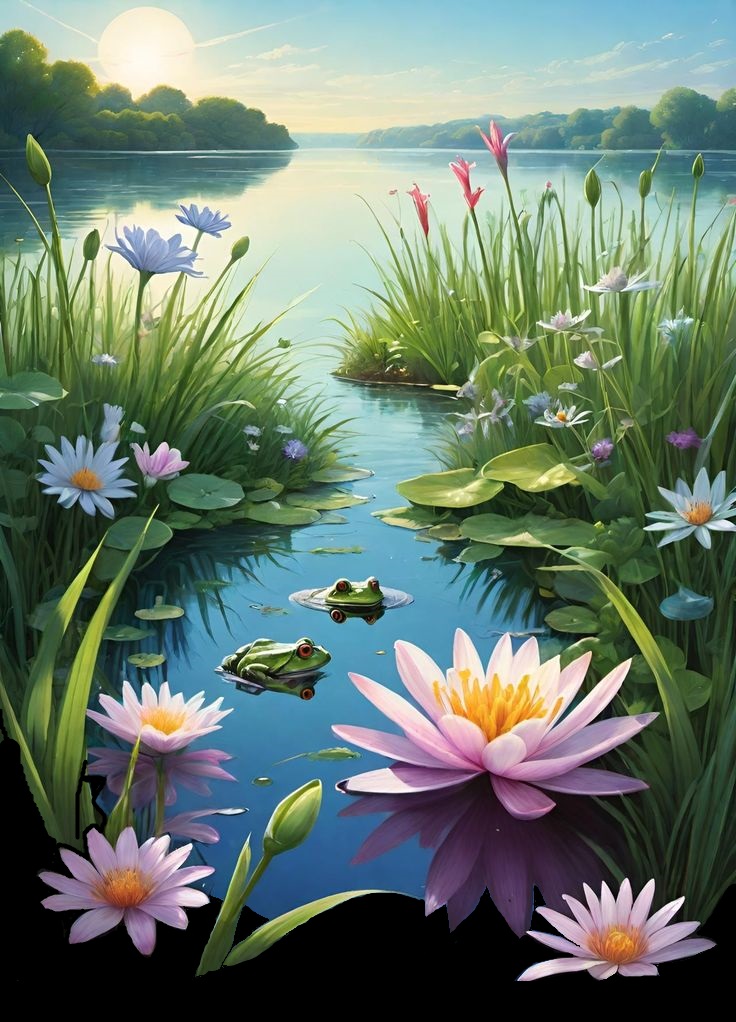
| Author Note: | Multi-author Renga book for everyone. Book and Chapter by Gypsy Blue Rose (c) |
birds and fat frogs serenade
as fireflies hover above

| Author Notes |
In my poem i have "daytime fireflies" These fireflies are active during the day and are less well-known than their nocturnal counterparts. They live in moist environments, such as woodland edges.
this 7/7 renga poem follows the previous 5/7/5 renga poem swan glides gracefully across pristine lotus pond serenity reigns RENGA is a unique collaborative Japanese style of poetry in which multiple poets write alternating stanzas. It was created in Japan in the 13th century. Renga requires a good understanding of the form. If you need help do not hesitate to contact me.. for more information about Renga poems click here HOW TO WRITE A RENGA POEM: It's very important to LINK your Renga stanza to the previous stanza keeping the same theme and season of the year. to check out the Renga Book click here FIRST POET - starts with a three-line haiku 5/7/5 that sets the theme and season of the year. THE SECOND POET writes a 7/7 stanza that links to the previous 5/7/5 chapter with the same theme and season of the year. This pattern (5/7/5 stanza followed by a 7/7 stanza) continues on and on. Some renga books can be 100 stanzas or more. To post your chapter, scroll down the renga poem page you are reading. Above the review box click on ADD CHAPTER. if you want to read additional info about renga click here Thank you for reading and reviewing my poem. Gypsy Book, presentations, and poems by Gypsy Blue Rose (c) copyright 12/21/24 |
![]()
By Gypsy Blue Rose
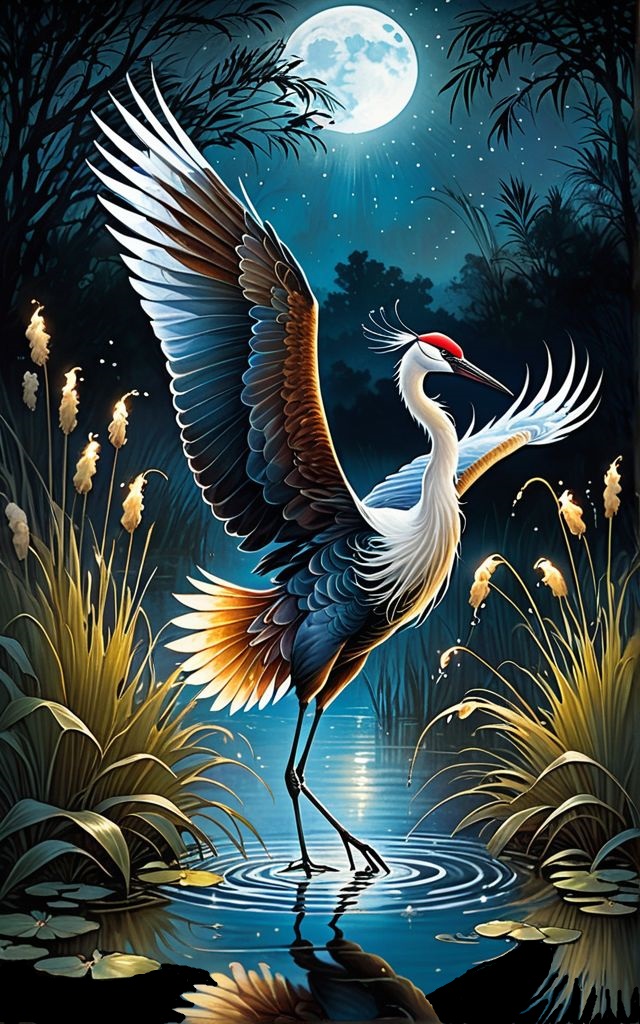
| Author Note: | Multi-author Renga book for everyone. Book and Chapter by Gypsy Blue Rose (c) |
wading through the pond
crane performs its mating moves
neath the spotlight moon

| Author Notes |
Follows the previous renga poems:
5/7/5 swan glides gracefully across pristine lotus pond serenity reigns ................................................... 7/7 renga poem birds and fat frogs serenade as fireflies hover above ................................................... RENGA is a unique collaborative Japanese style of poetry in which multiple poets write alternating stanzas. It was created in Japan in the 13th century. Renga requires a good understanding of the form. If you need help do not hesitate to contact me.. for more information about Renga poems click here HOW TO WRITE A RENGA POEM: It's very important to LINK your Renga stanza to the previous stanza keeping the same theme and season of the year. to check out the Renga Book click here FIRST POET - starts with a three-line haiku 5/7/5 that sets the theme and season of the year. THE SECOND POET writes a 7/7 stanza that links to the previous 5/7/5 chapter with the same theme and season of the year. This pattern (5/7/5 stanza followed by a 7/7 stanza) continues on and on. Some renga books can be 100 stanzas or more. To post your chapter, scroll down the renga poem page you are reading. Above the review box click on ADD CHAPTER. if you want to read additional info about renga click here ================================================= The January Full Moon is called many names: Wolf Moon, Old Moon, Moon After Yule, Ice Moon, and Snow Moon. DIFFERENCES BETWEEN CRANES AND HERONS: Cranes =Are social birds and can be seen in pairs or groups. They form large flocks, especially during migration, but are territorial during the breeding season =Have striking plumage with shades of gray, white, and hints of red on their heads. They have smaller beaks =They engage in complex mating dances involving wing flapping and vocalizations. They are known for their lifelong pairing bonds. =have long legs and shorter beaks. =Cranes defend their nesting sites aggressively, HERON =Are typically solitary hunters but can form colonies for breeding. Their mating displays are less elaborate than cranes but involve calls and neck stretching. =Herons can become protective of their chosen nesting trees. =Have dagger-like beaks slender bodies =Have more muted colors, often gray, blue, or white. The Great Blue Heron has blue-gray feathers. Despite these differences, both species thrive in wetland habitats and are territorial during the breeding season. Thank you for reading and reviewing my poem. Gypsy pictures from Pinterest, the bottom is an East African crane. Book, presentations, and poems by Gypsy Blue Rose (c) copyright 12/22/24 |
![]()
By Gypsy Blue Rose
| Author Notes | To maintain the pattern in the book of Renga, the next poem or chapter should contain 5/7/5 syllables, to be followed by one with 7/7 syllables, with a connecting theme. |
![]()
By Gypsy Blue Rose

| Author Note: | Multi-Author Renga Book. Everyone is welcome to contribute chapters |


mute swans in the pond
share life-long love gracefully—
there’s no need for words

| Author Notes |
Mute Swans live in freshwater habitats such as lakes, ponds and marshes but can also be found near the ocean. They form monogamous pairs and mate for life.
PREVIOUS RENGA POEMS: wading through the pond crane performs its mating moves neath the spotlight moon ---------------------------- Crested cranes flaunt their spiked crowns The girls will be so impressed ==================================================== RENGA is a unique collaborative Japanese style of poetry in which multiple poets write alternating stanzas. It was created in Japan in the 13th century. Renga requires a good understanding of the form. If you need help do not hesitate to contact me.. for more information about Renga poems click here HOW TO WRITE A RENGA POEM: It's very important to LINK your Renga stanza to the previous stanza keeping the same theme and season of the year. to check out the Renga Book click here FIRST POET - starts with a three-line haiku 5/7/5 that sets the theme and season of the year. THE SECOND POET writes a 7/7 stanza that links to the previous 5/7/5 chapter with the same theme and season of the year. This pattern (5/7/5 stanza followed by a 7/7 stanza) continues on and on. Some renga books can be 100 stanzas or more. To post your chapter, scroll down the renga poem page you are reading. Above the review box click on ADD CHAPTER. if you want to read additional info about renga click here Thank you for reading and reviewing my poem. Gypsy Book, presentations, and poems by Gypsy Blue Rose (c) 12/24/24 |
![]()
By Gypsy Blue Rose
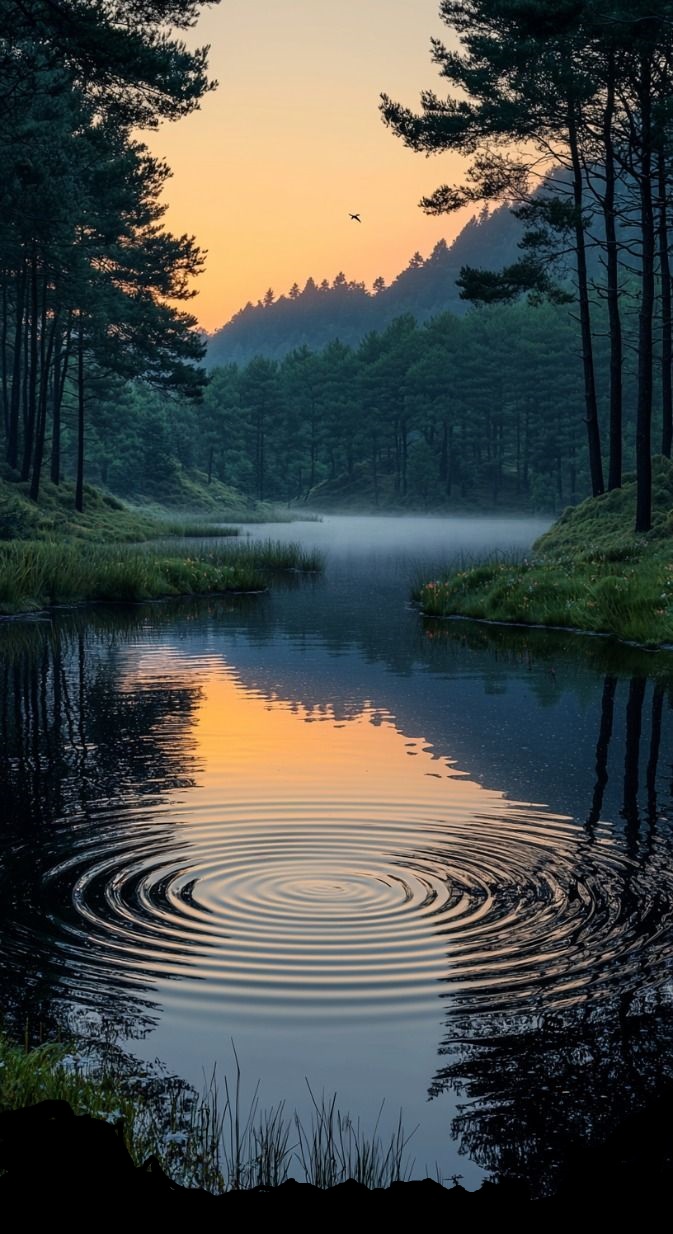
| Author Note: | Multi-author Renga book. Everyone is welcome to participate. |
pine cones fall into water
with rippling rings for love doves

| Author Notes |
to check out the Renga Book click here
Follows a 5/7/5 renga poem: mute swans in the pond share life-long love gracefully there's no need for words RENGA is a unique collaborative Japanese style of poetry in which multiple poets write alternating stanzas. It was created in Japan in the 13th century. Renga requires a good understanding of the form. If you need help do not hesitate to contact me.. for more information about Renga poems click here HOW TO WRITE A RENGA POEM: It's very important to LINK your Renga stanza to the previous stanza keeping the same theme and season of the year. FIRST POET - starts with a three-line haiku 5/7/5 that sets the theme and season of the year. THE SECOND POET writes a 7/7 stanza that links to the previous 5/7/5 chapter with the same theme and season of the year. This pattern (5/7/5 stanza followed by a 7/7 stanza) continues on and on. Some renga books can be 100 stanzas or more. To post your chapter, scroll down the renga poem page you are reading. Above the review box click on ADD CHAPTER. if you want to read additional info about renga click here Thank you for reading and reviewing my poem. Gypsy Book, presentations, and poems by Gypsy Blue Rose (c) copyright 12/27/24 |
![]()
By Gypsy Blue Rose
| Author Notes | The next poem or chapter should consists of two lines with 7/7 syllable count to maintain the pattern of a 5/7/5 followed by a 7/7 with a connecting theme. |
![]()
By Gypsy Blue Rose
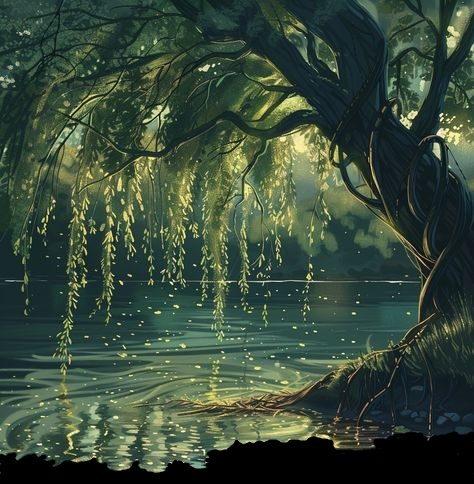
| Author Note: | Multi-author Renga book for everyone. Book and Chapter by Gypsy Blue Rose (c) |
sunrays cascade through willows
c a r e s s i n g water s o f t l y

| Author Notes |
PREVIOUS RENGA STANZA
morning mist rises slowly above lotus pond koi hunt bugs below RENGA is a unique collaborative Japanese style of poetry in which multiple poets write alternating stanzas. It was created in Japan in the 13th century. Renga requires a good understanding of the form. If you need help do not hesitate to contact me.. for more information about Renga poems click here HOW TO WRITE A RENGA POEM: It's very important to LINK your Renga stanza to the previous stanza keeping the same theme and season of the year. to check out the Renga Book click here FIRST POET - starts with a three-line haiku 5/7/5 that sets the theme and season of the year. THE SECOND POET writes a 7/7 stanza that links to the previous 5/7/5 chapter with the same theme and season of the year. This pattern (5/7/5 stanza followed by a 7/7 stanza) continues on and on. Some renga books can be 100 stanzas or more. To post your chapter, scroll down the renga poem page you are reading. Above the review box click on ADD CHAPTER. if you want to read additional info about renga click here Thank you for reading and reviewing my poem. Gypsy Book, presentations, and poems by Gypsy Blue Rose (c) 12/28/24 |
![]()
By Gypsy Blue Rose

Owl sits in treetop
Patiently awaiting prey
Swooshes in for kill
| Author Notes | I am a nature lover |
![]()
By Gypsy Blue Rose
| Author Notes | To continue this book of Renga, the next poem or chapter should contain 5/7/5 syllables to maintain the pattern of a 5/7/5 followed by a 7/7 with a similar theme. |
![]()
By Gypsy Blue Rose
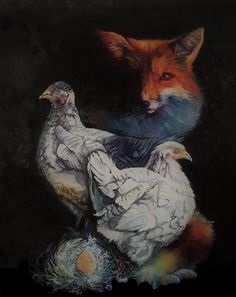
| Author Note: | Multi-author Renga book for everyone. Book and Chapter by Gypsy Blue Rose (c) |
hens raise a hoopla
as fox covets from afar —
farmer aims his gun

| Author Notes |
I followed a 7/7 renga chapter
Field mouse breathes sigh of relief Barn owl shrieks in frustration RENGA is a unique collaborative Japanese style of poetry in which multiple poets write alternating stanzas. It was created in Japan in the 13th century. Renga requires a good understanding of the form. If you need help do not hesitate to contact me.. for more information about Renga poems click here HOW TO WRITE A RENGA POEM: It's very important to LINK your Renga stanza to the previous stanza keeping the same theme and season of the year. to check out the Renga Book click here FIRST POET - starts with a three-line haiku 5/7/5 that sets the theme and season of the year. THE SECOND POET writes a 7/7 stanza that links to the previous 5/7/5 chapter with the same theme and season of the year. This pattern (5/7/5 stanza followed by a 7/7 stanza) continues on and on. Some renga books can be 100 stanzas or more. To post your chapter, scroll down the renga poem page you are reading. Above the review box click on ADD CHAPTER. if you want to read additional info about renga click here Thank you for reading and reviewing my poem. Gypsy Book, presentations, and poems by Gypsy Blue Rose (c) 12/31/24 |
![]()
By Gypsy Blue Rose

Fox spots farmer's gun
Slinks off, cubs remain hungry--
Hens oblivious
| Author Notes | This is my follow on to Gypsy's renga poem. I'm just hoping I've written it the right way! |
![]()
By Gypsy Blue Rose
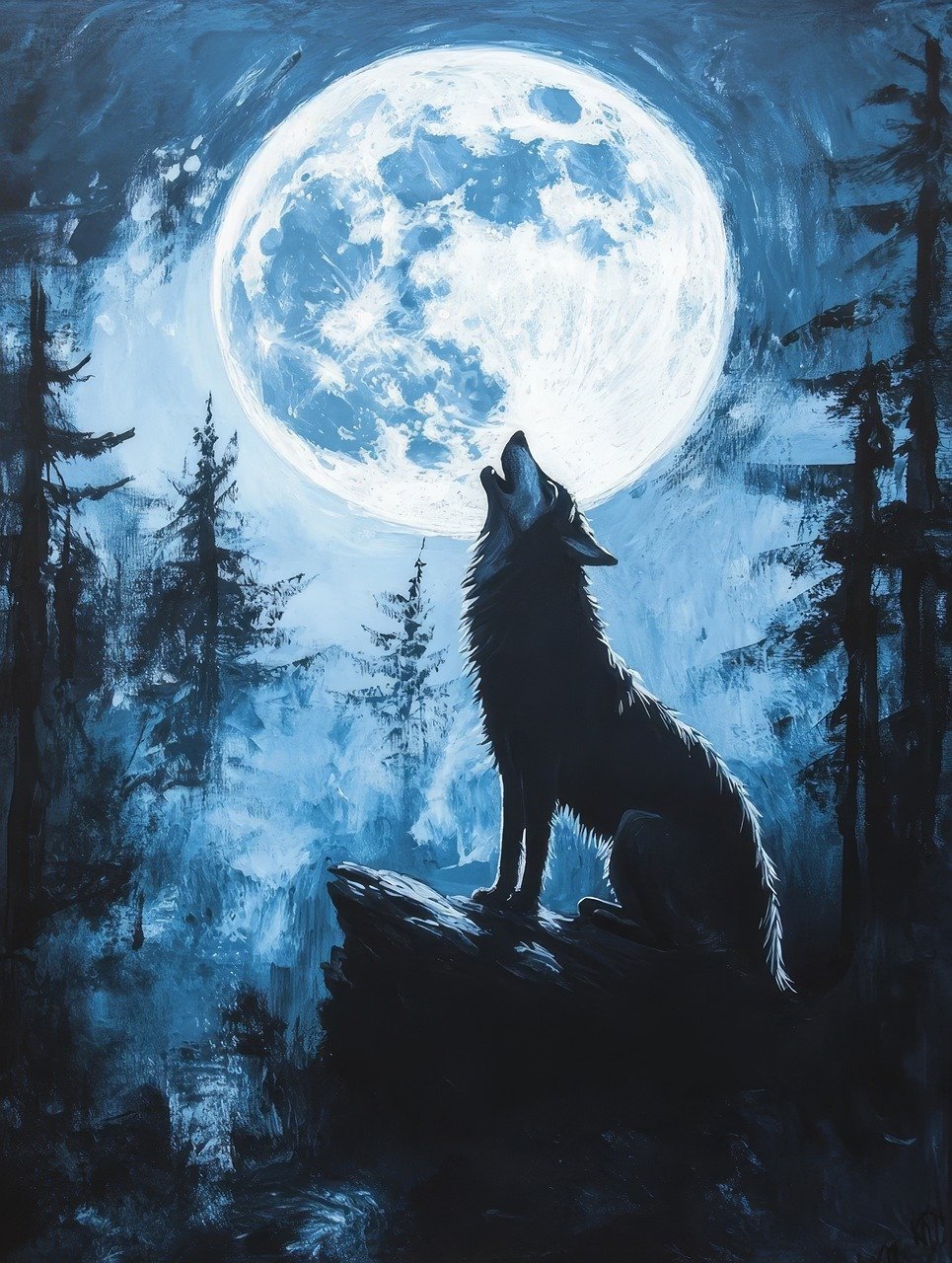
Wolf howling in the moonlight
Chilly echoes at midnight
![]()
By Gypsy Blue Rose
as spring moon rises,
illuminating her tomb ~
Shah weeps bitterly
| Author Notes |
The mausoleum Taj Mahal was commissioned by Shah Jahan in 1631 to memorialize the death of his empress Mumtaz Mahal, who had died in childbirth. It was completed in 1648 and is considered a wonder of the modern world.
To continue this book of Renga, the next poem should contain 7/7 syllables to maintain the pattern of a 5/7/5 followed by a 7/7 with a similar theme. |
![]()
By Gypsy Blue Rose
.jpg)
| Author Notes |
...Couldn't resist the RENGA!!! :-) New Year's Blessings to you all...CHEERS!! ;-) Yvette
Pic: Howling Spirits from pxfuel.com |
![]()
By Gypsy Blue Rose

| Author Note: | Please read the author notes if you're going to add a chapter. |

| Author Notes |
My 7/7 Renga Poem follows this 5/7/5 stanza:
as spring moon rises, illuminating her tomb ~ Shah weeps bitterly ================================================= RENGA is a unique collaborative Japanese style of poetry in which multiple poets write alternating stanzas. It was created in Japan in the 13th century. If you need help do not hesitate to contact me.. for more information about Renga poems click here If you decide to write a renga chapter, please follow the steps below. I'm always avaliable to help if needed. ***** PLEASE COPY AND PASTE THE RULES TO YOUR AUTHOR NOTES ***** HOW TO WRITE A RENGA POEM: It's very important to LINK your Renga stanza to the previous stanza keeping the same theme and season of the year. to check out the Renga Book click here FIRST POET - starts with a three-line haiku 5/7/5 that sets the theme and season of the year. THE SECOND POET writes a 7/7 stanza that links to the previous 5/7/5 chapter with the same theme and season of the year. This pattern (5/7/5 stanza followed by a 7/7 stanza) continues on and on. Some renga books can be 100 stanzas or more. To post your chapter, scroll down the renga poem page you are reading. Above the review box click on ADD CHAPTER. if you want to read additional info about renga click here ***** END OF RULES ***** Thank you for reading and reviewing my poem. Gypsy Book, presentations, and poems by Gypsy Blue Rose (c) |
![]()
By Gypsy Blue Rose

| Author Note: | Multi-author Renga book for everyone. Book and Chapter by Gypsy Blue Rose (c) |
Wolf Moon awakens the pack,
nestled on the horizon

| Author Notes |
January's full moon, called 'Wolf Moon', it's named after howling wolves. Jan 13, 2025
I created this Multi-author Renga Book for all who would like to participate. I followed the 5/7/5 renga poem: Darkness carries howls On midnightÃÂÃÂÃÂâÃÂÃÂÃÂÃÂÃÂÃÂÃÂÃÂs unwelcome breeze Echoes stab the soul RENGA is a unique collaborative Japanese style of poetry in which multiple poets write alternating stanzas. It was created in Japan in the 13th century. If you need help do not hesitate to contact me.. for more information about Renga poems click here For those who would like to add a chapter: ***** PLEASE COPY AND PASTE THE RULES TO YOUR AUTHOR NOTES ***** HOW TO WRITE A RENGA POEM: It's very important to LINK your Renga stanza to the previous stanza keeping the same theme and season of the year. to check out the Renga Book click here FIRST POET - starts with a three-line haiku 5/7/5 that sets the theme and season of the year. THE SECOND POET writes a 7/7 stanza that links to the previous 5/7/5 chapter with the same theme and season of the year. This pattern (5/7/5 stanza followed by a 7/7 stanza) continues on and on. Some renga books can be 100 stanzas or more. To post your chapter, scroll down the renga poem page you are reading. Above the review box click on ADD CHAPTER. if you want to read additional info about renga click here Thank you for reading and reviewing my poem. Gypsy Book, presentations, and poems by Gypsy Blue Rose (c) 1/4/25 |
|
You've read it - now go back to FanStory.com to comment on each chapter and show your thanks to the author! |
![]()
| © Copyright 2015 Gypsy Blue Rose All rights reserved. Gypsy Blue Rose has granted FanStory.com, its affiliates and its syndicates non-exclusive rights to display this work. |
© 2015 FanStory.com, Inc. All Rights Reserved. Terms under which this service is provided to you. Privacy Statement